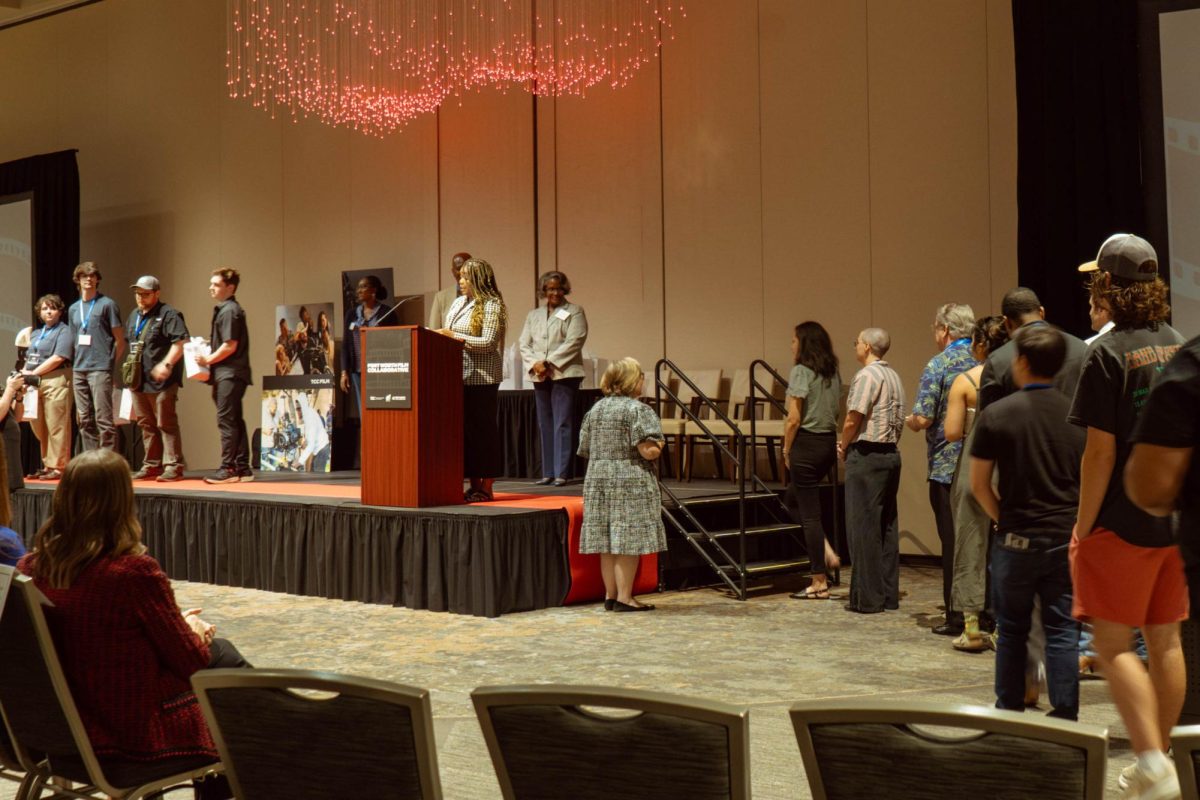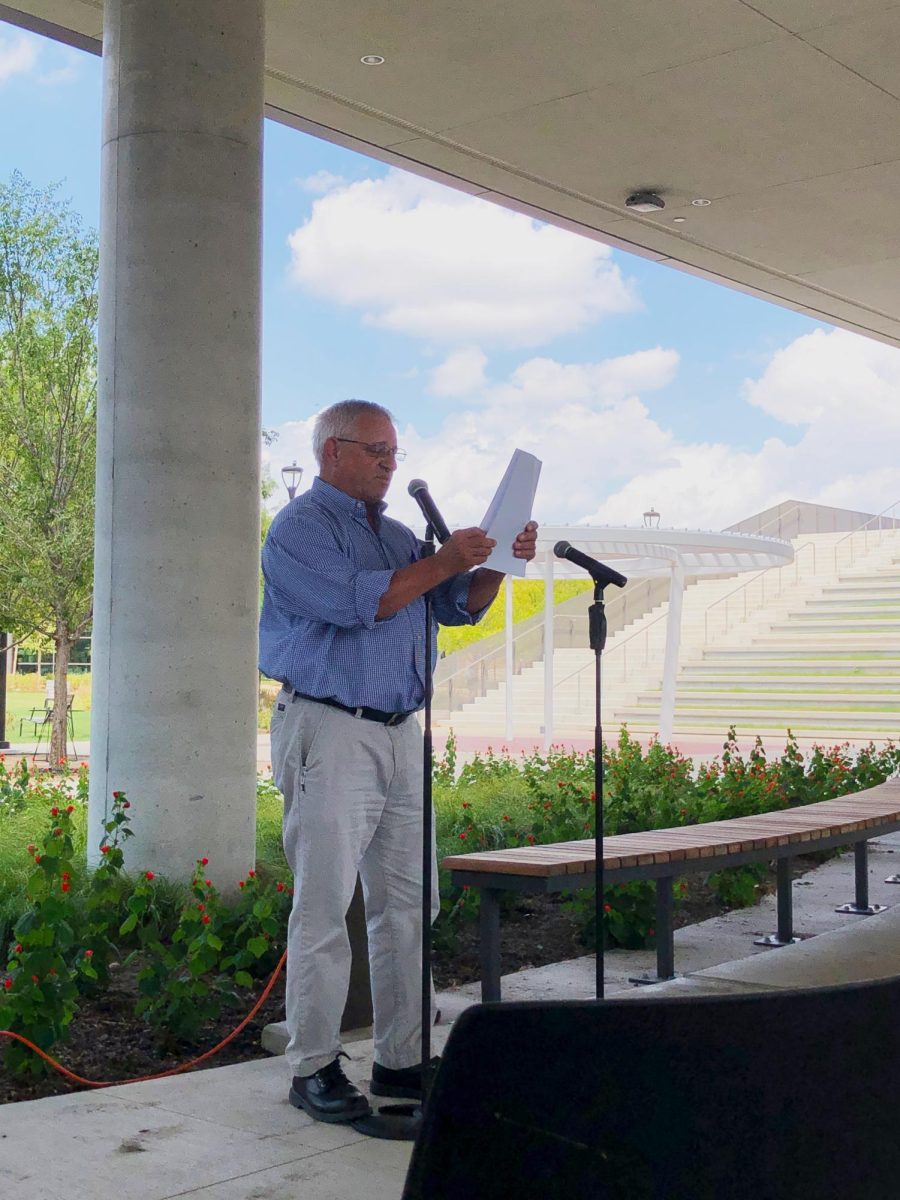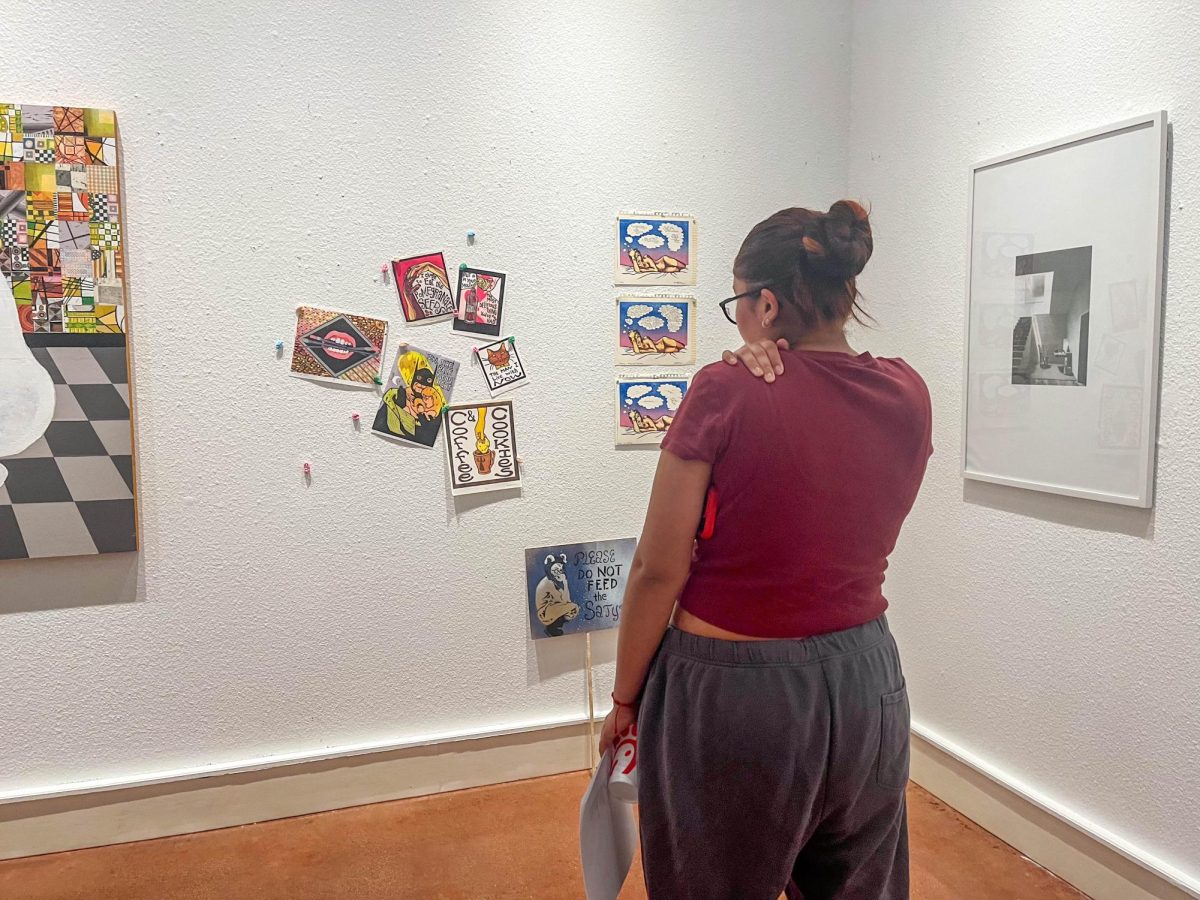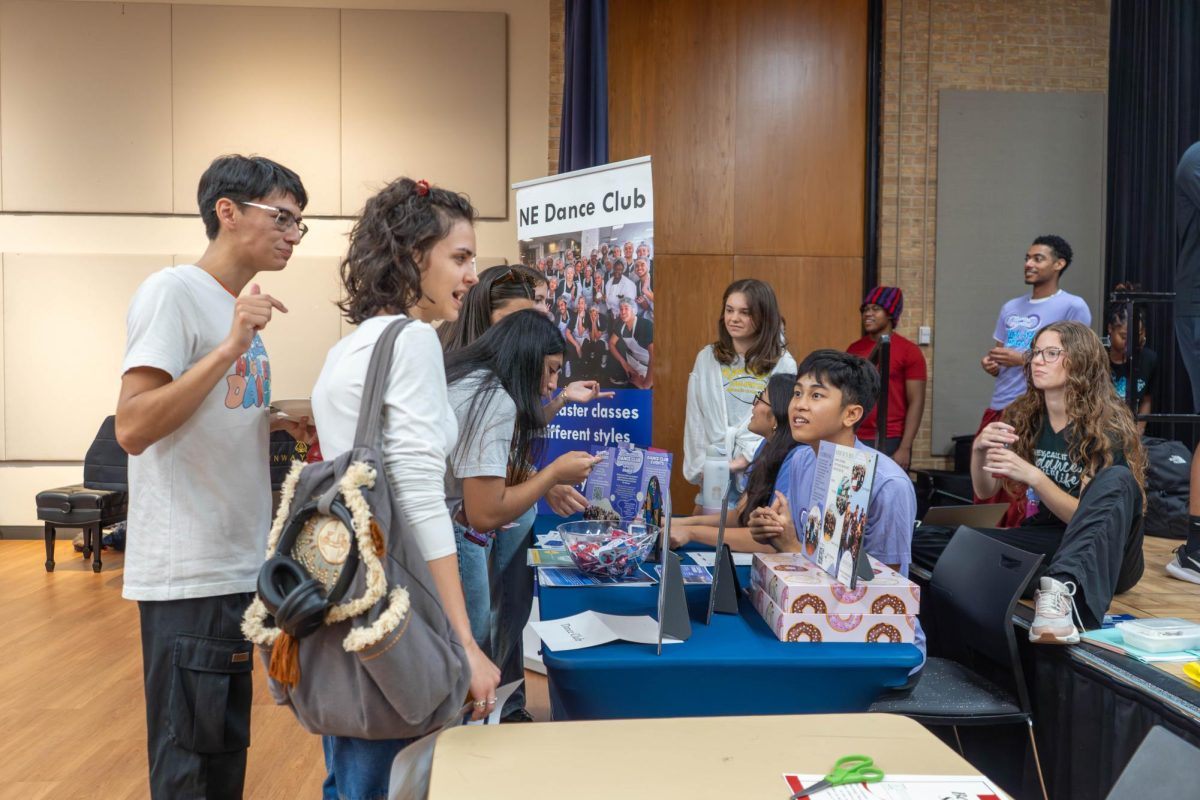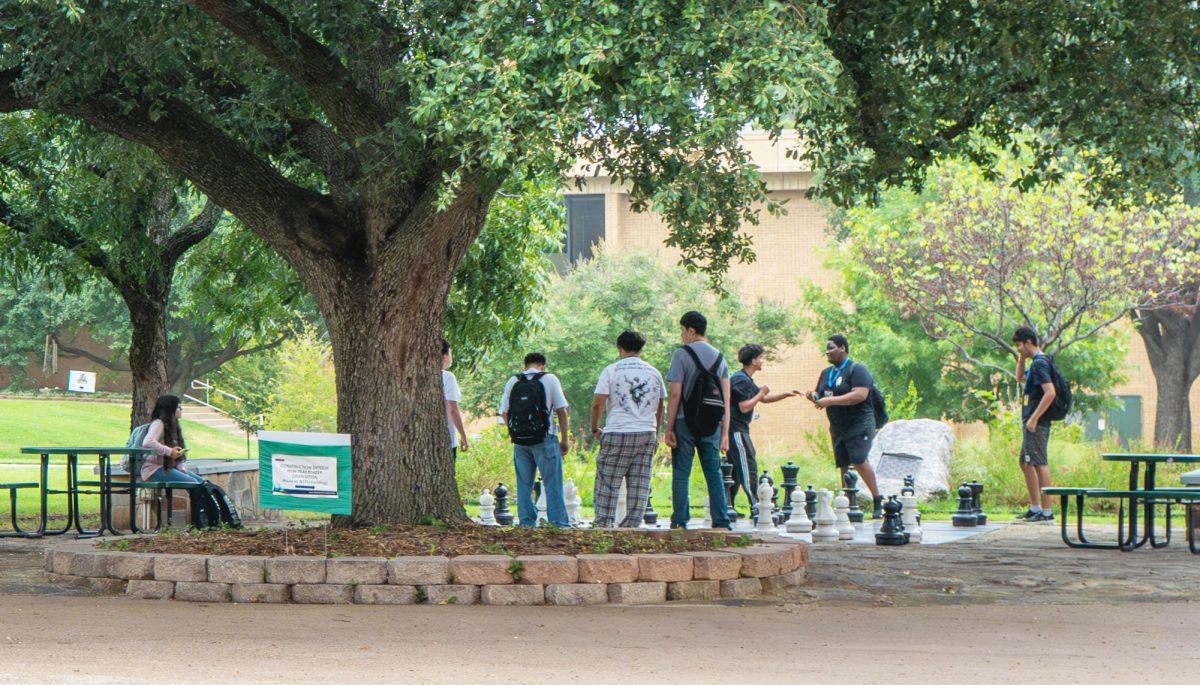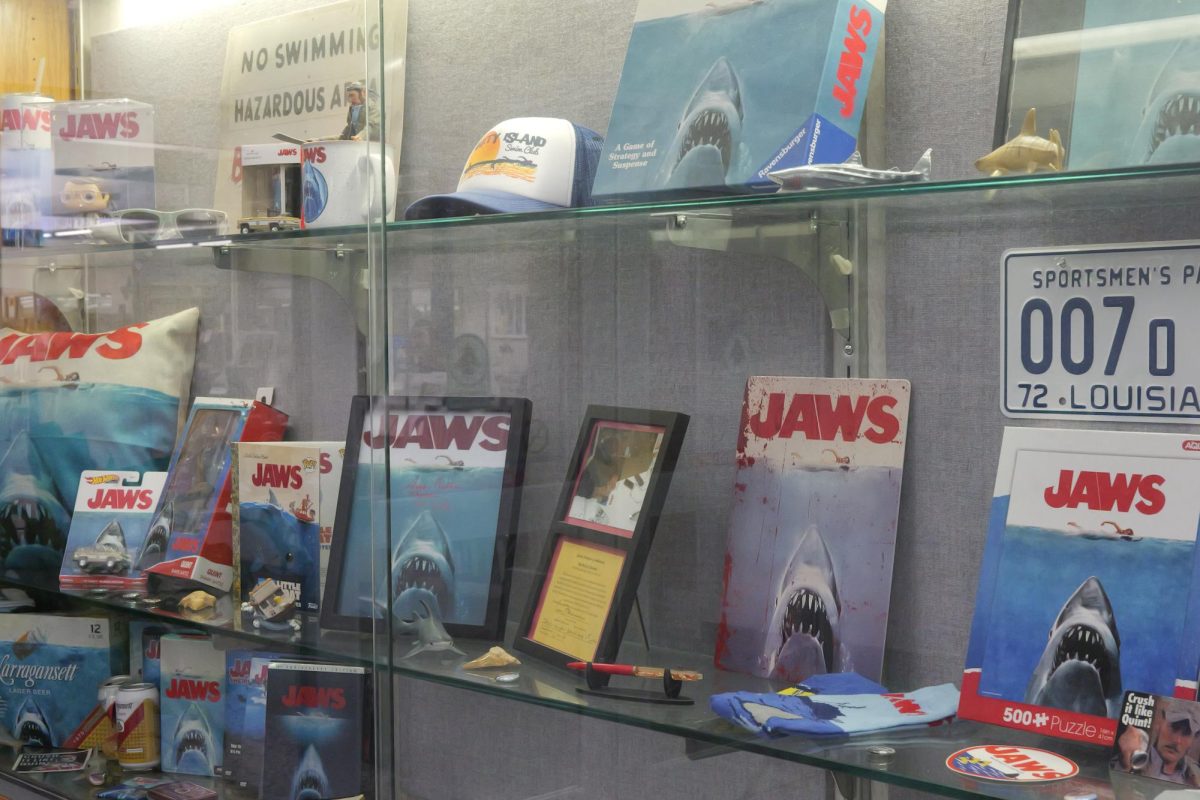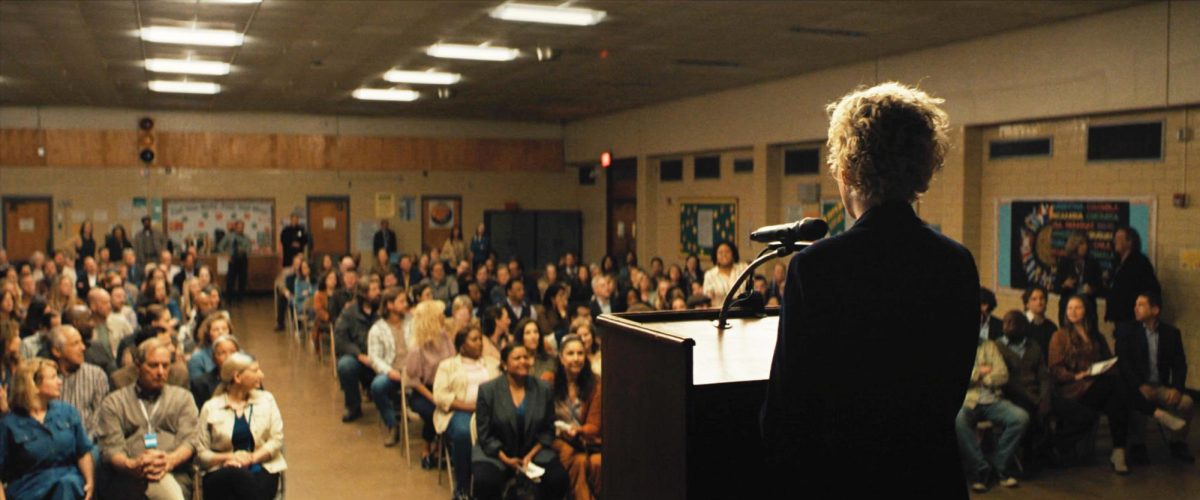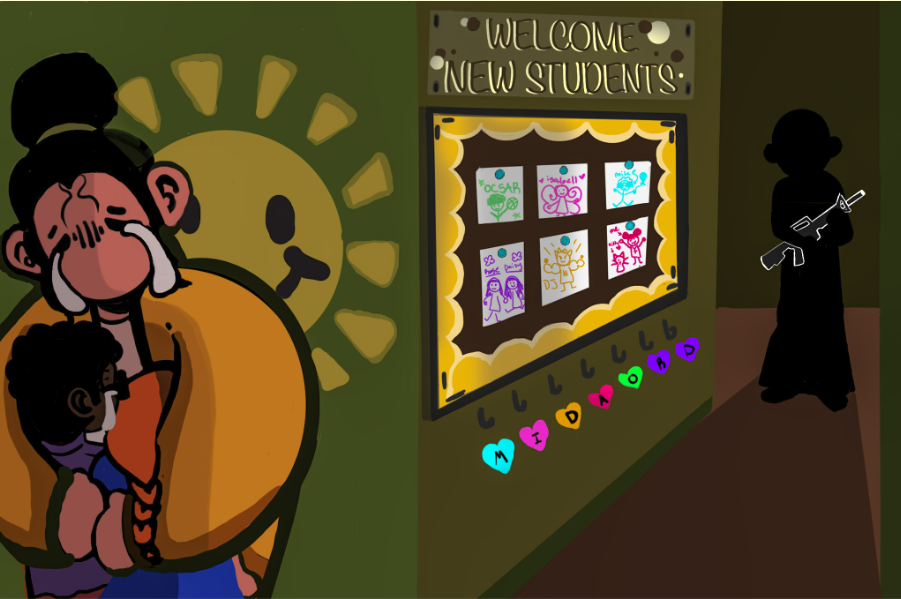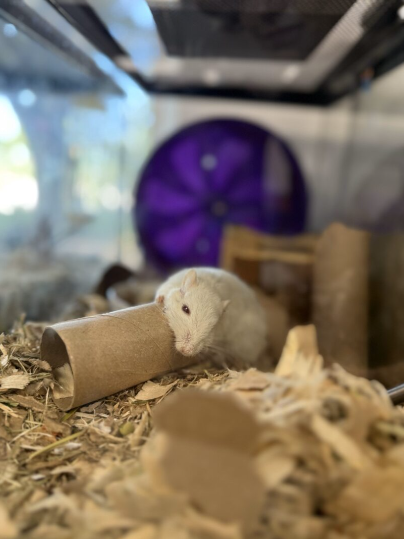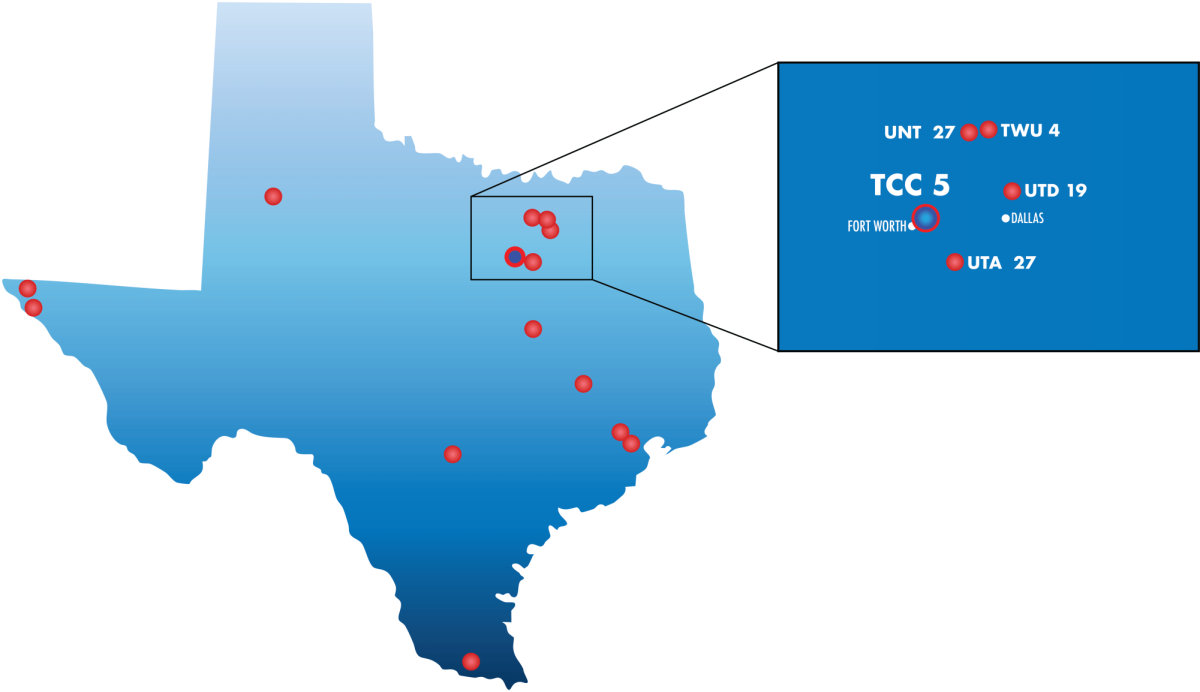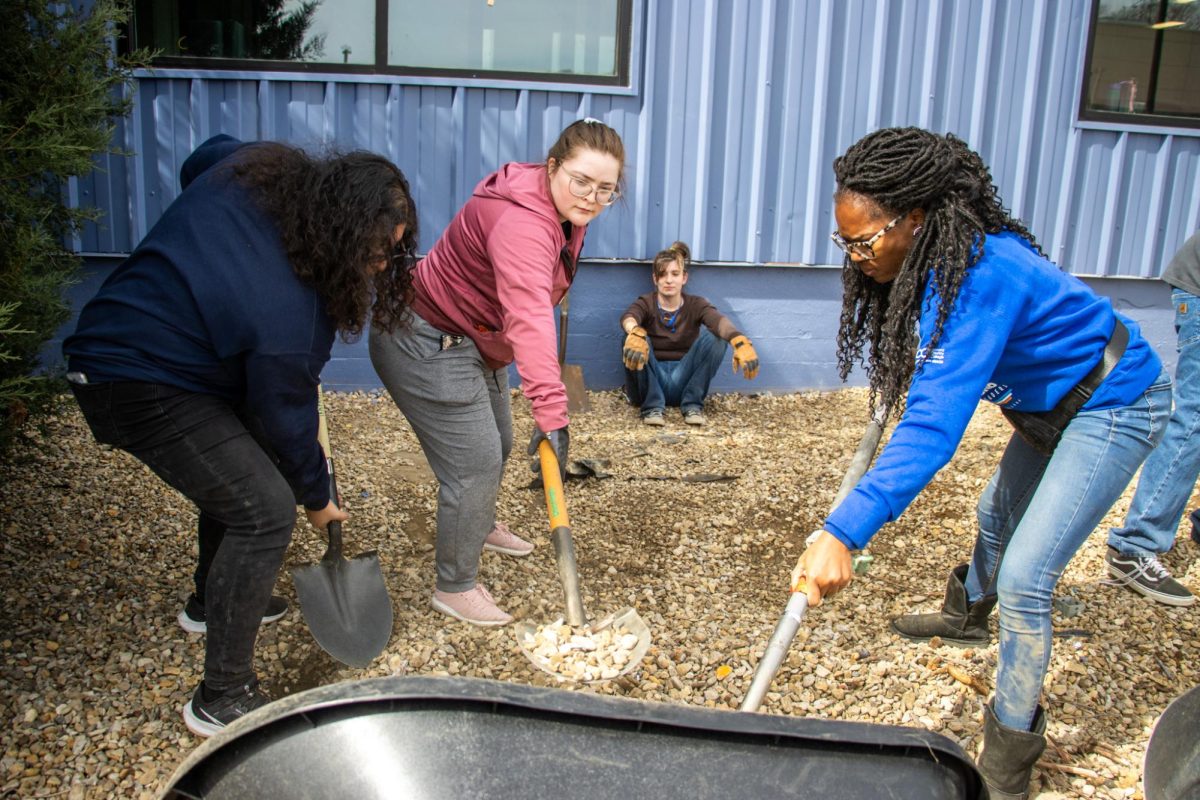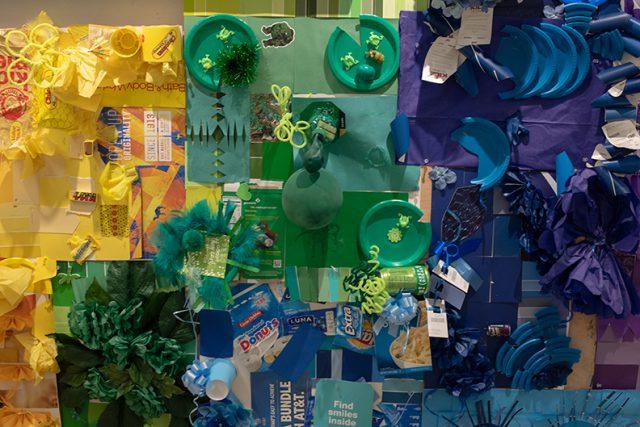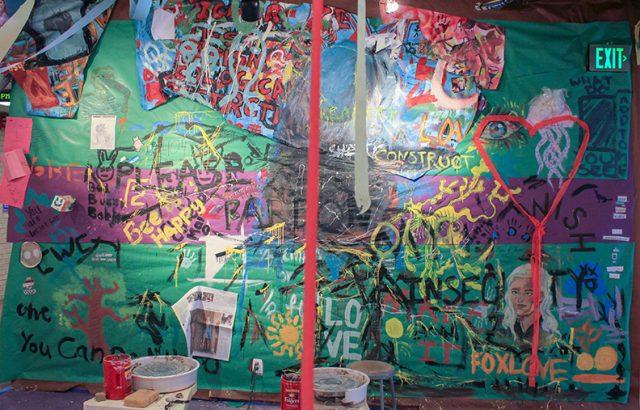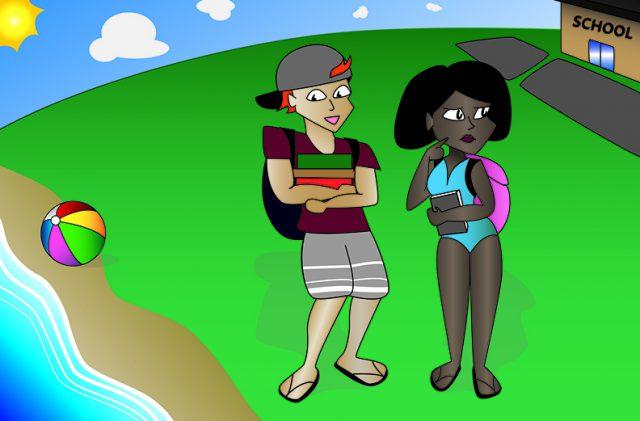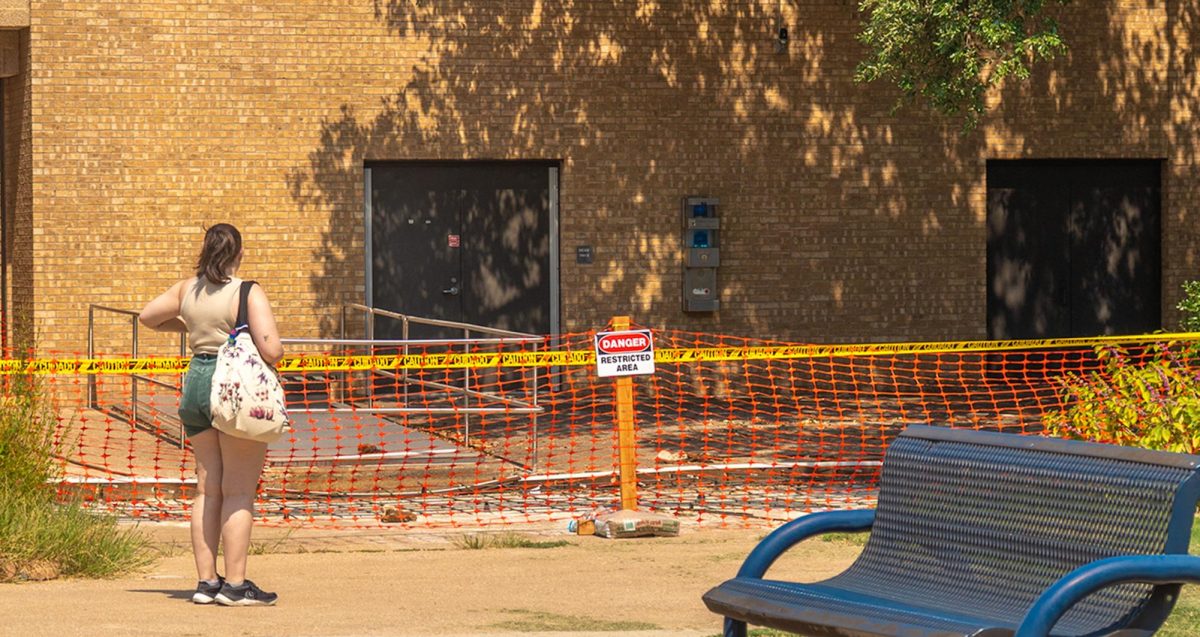By Crystal Cantu/reporter
The desert lands have served as inspiration for two artists who shared their immigrant stories with NW dance students in a collaborative discussion on April 5.
Guest dance artist Elisa de la Rosa and NW art professor Angel Fernandez came together to swap stories about their art work in an informal coffee klatsch environment.
NW art professor Amy Jennings brought the two artists together for their collaboration on a dance piece called “Real to Reel.”
“Art has a way to thread us, move us, challenge us simply because art is an avenue we get to know one another,” Jennings said. “The politics sometimes overshadows the simplicity of life. Bringing together these two voices, Elisa and Angel, who have common threads in history at this season allows our students to become tangible in loud static noises. It gives them room to breathe, a place to belong, an understanding, a seat in the conversation.”
“Real to Reel” is set to premiere at 7:30 p.m April 27 at “Spring into Dance! Physics and Poetry.”
De la Rosa shared the tale of her grandparents migrating from Mexico in the 1950s.
“I wanted to pay tribute to my roots, my family and my culture,” de la Rosa said.
One day in the kitchen with her grandmother, De la Rosa recorded the older woman’s details of the tough journey to America.
With today’s technology, she incorporated her grandmother’s conversation into her thesis concert and her dance solo, “Inmigrante,”was born.
“I wanted to see more work reflect the Mexican culture,” De la Rosa said. “How can I do that?”
The dance begins by having de la Rosa’s grandmother recall walking through the desert and sleeping under a tree with her small children. De la Rosa portrays the struggles of the journey through her movements.
Fernandez shared what his journey was like and how different it was for him. He moved to the U.S. in 1987.
“I came in the back of a Jeep pretending to be asleep and pretending to be a U.S. citizen,” he said.
Fernandez told NW students that he had the “Disney version of coming to America.”
There was nothing difficult he could recall having to endure. He does recall arriving in the U.S., staying in a Holiday Inn and jumping into the pool with his siblings.
Once settled in, speaking very little English, Fernandez said he and his siblings would be made fun, which led him to suppress his true identity of being Mexican.
Fernandez also talked about the Reuniting Families Project.
“Remains of immigrants are often found in the desert with no identification, and the mission is to reunite the remains to their families through forensic science,” he said.
Fernandez realized he wanted to pay homage to those who crossed the desert, like Elisa’s grandmother, by creating a movement art piece.
“Tires for Sisyphus”is three-minute-long performance that shows Fernandez pushing a very large spherical-shaped sculpture made from tires in the Big Bend desert. This is a reference to the king of Corinth who displeased Zeus and was made to push a boulder up a steep incline every day only to see the boulder return, leaving Sisyphus to start over.
“The inspiration for the sculpture comes from border patrol agents using tires to ‘erase’ the paths the previous immigrants have used,” Fernandez said, referring to how this led to many immigrant deaths.
However, he wanted to portray his own vision behind the tire markings. and leave “his tracks” to show the hard work and integrity that went into marking his path, like those who have crossed that desert before him.
“All of our work is an extension of our true identity,” said Fernandez.

